Books
Cambridge Companion to Gershwin (2019)
George Gershwin is often described as a quintessentially American composer. This Cambridge Companion explains why, engaging with the ways in which his music was shaped by American political, intellectual, cultural and business interests. As a composer and performer, Gershwin embraced technological advances and broke new ground in music business practices. In the decades preceding World War II, he captured the mechanistic pulse of modern life with his concert works and lay the groundwork for the Great American Songbook with his Broadway shows and film music. With his brother Ira, and his cousins Henry and B. A. Botkin, Gershwin explored various ethnic and cultural identities and contemplated their roles in US culture. His music confronted race during the Jim Crow era and continues to engage with issues of race today. This interdisciplinary exploration of Gershwin's life and music describes his avowed pursuit of an 'American' musical identity and its ongoing legacy.
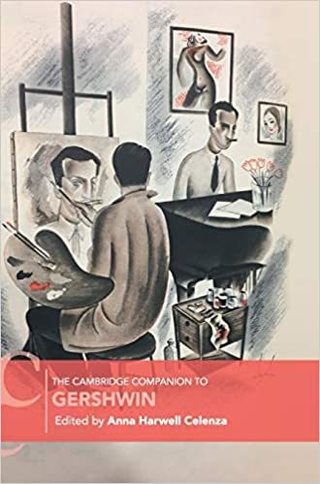
Jazz Italian Style: From Its Origins in New Orleans to Fascist Italy and Sinatra (2017)
Jazz Italian Style explores a complex era in music history, when politics and popular culture collided with national identity and technology. When jazz arrived in Italy at the conclusion of World War I, it quickly became part of the local music culture. In Italy, thanks to the gramophone and radio, many Italian listeners paid little attention to a performer's national and ethnic identity. Nick LaRocca (Italian-American), Gorni Kramer (Italian), the Trio Lescano (Jewish-Dutch), and Louis Armstrong (African-American), to name a few, all found equal footing in the Italian soundscape. The book reveals how Italians made jazz their own, and how, by the mid-1930s, a genre of jazz distinguishable from American varieties and supported by Mussolini began to flourish in Northern Italy and in its turn influenced Italian-American musicians. Most importantly, the book recovers a lost repertoire and an array of musicians whose stories and performances are compelling and well worth remembering.
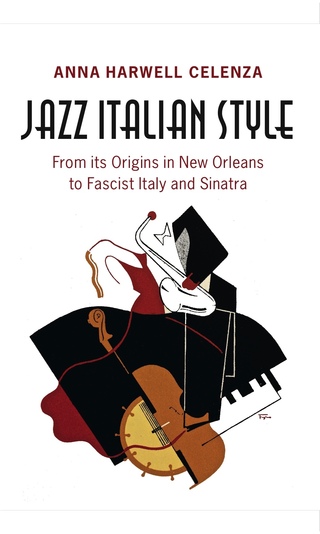
By examining politics, immigration patterns, economics and technology in explaining the largely forgotten Italian connection to jazz, the book will attract readers interested in music history, Italian-American culture, the Fascist era in Italy, music technology, and the evolution of popular music.
Music as Cultural Mission: Explorations of Jesuit Practices in Italy and North America (2014)
Part I of this volume contains detailed explorations of the Jesuits' performing arts activities in Milan and within the Kingdom of Naples in the 17th and 18th centuries. Part II moves away from the discussion of Italy to explore the various models of performance and pedagogy used by Jesuits in the New World.
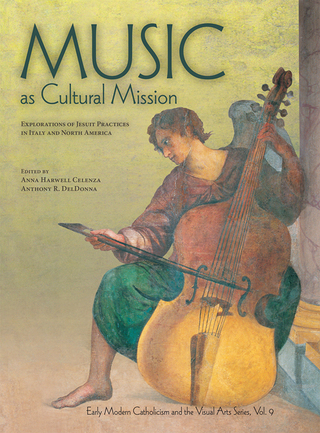
Saint-Saëns's Danse macabre (2013)
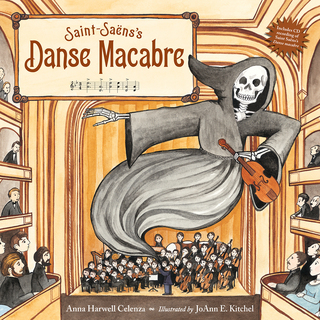
Vivaldi's Four Seasons (2012)
Padre Antonio Vivaldi, their music teacher, is inspired by the talented and determined young girls. When Vivaldi and his students are separated, Vivaldi is inspired to compose a set of concertos that mark the passing of time--the great baroque masterpiece entitled The Four Seasons
Back matter includes an author's note with further historical and biographical information, as well as the text of the sonnets that accompany the music.
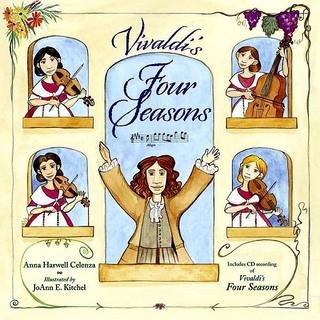
Duke Ellington's Nutcracker Suite (2011)
Ellington's band members were not so sure that a classical ballet could become a cool-cat jazz number. But Duke and Billy, inspired by their travels and by musical styles past and present, infused the composition with Vegas glitz, Hollywood glamour, and even a little New York jazz.
CD recording of the Ellington/Strayhorn composition included.

Gershwin’s Rhapsody in Blue (2006)
Bach's Goldberg Variations (2005, 2016)
Includes a CD recording of Bach's Goldberg Variations.
Beethoven's The Heroic Symphony (2004, 2016)
School Library Journal
Mussorgsky's Pictures at an Exhibition (2003, 2016)
Readers of all ages will enjoy the inspirational story behind the composition of Pictures at an Exhibition. Bright, colorful illustrations incorporate elements of Russian folk art and traditional symbols. View pages from artist JoAnn Kitchel's notebook for explanations of the symbols and see her pencil-sketch research of the Russian culture.
This handsome book and CD recording provide enrichment for the whole family.
Haydn's The Farewell Symphony (2000, 2016)
The blustering, bellowing prince entertained hundreds of guests at his rural retreat and demanded music for every occasion. As the months passed, Haydn was kept very busy writing and performing music for parties, balls, dinners, and even walks in the gardens. His orchestra members became homesick and missed their families. The anger, frustration, and longing of the musicians is expressed beautifully in the symphony born of the clever mind of Joseph Haydn who used it to convince Prince Nicholas that it was time to go home.
Wonderfully expressive illustrations by JoAnn E. Kitchel capture all the comedy and pathos of this unique symphony. Beautifully interpretive motifs and borders convey the setting and emotion of the story mirroring the structure of the symphony with the repetitive use of sets of four. Making classical music and history come alive with color and character, The Farewell Symphony ensures a place for the arts in the hearts and minds of children.
Hans Christian Andersen and Music: The Nightingale Revealed (2005)
The Early Works of Niels W. Gade: In Search of the Poetic (2001)
Previous Gade scholarship has been confined to Germany and Denmark. Gade enjoyed a brilliant career in the 1840s at the Gewandhaus in Leipzig and was one of few Danes blessed with international success. This Danish/German duality has led to two distinct views of the composer. The Danish view sees Gade as attempting to strengthen international recognition of Denmark's musical culture through the creation of a 'national tone'. German scholars, on the other hand, have stressed Gade's attachment to German Romanticism and his allegiance to figures such as Mendelssohn and Schumann. Anna Harwell Celenza offers a more complex analysis of the development of Gade's composition style and influences that helped to shape his creative identity.
Review: '... the first in-depth study of the composer's life and music available in English, offers a detailed sketch of the artist and traces the genesis and early development of his style... will appeal to anyone interested in Scandinavian music, and especially to individuals drawn to Danish musical culture. Yet, it is also sure to attract those intrigued by the covert and persistent influence of nineteenth-century German music criticism on the creativity and taste outside its own borders and time.' Notes